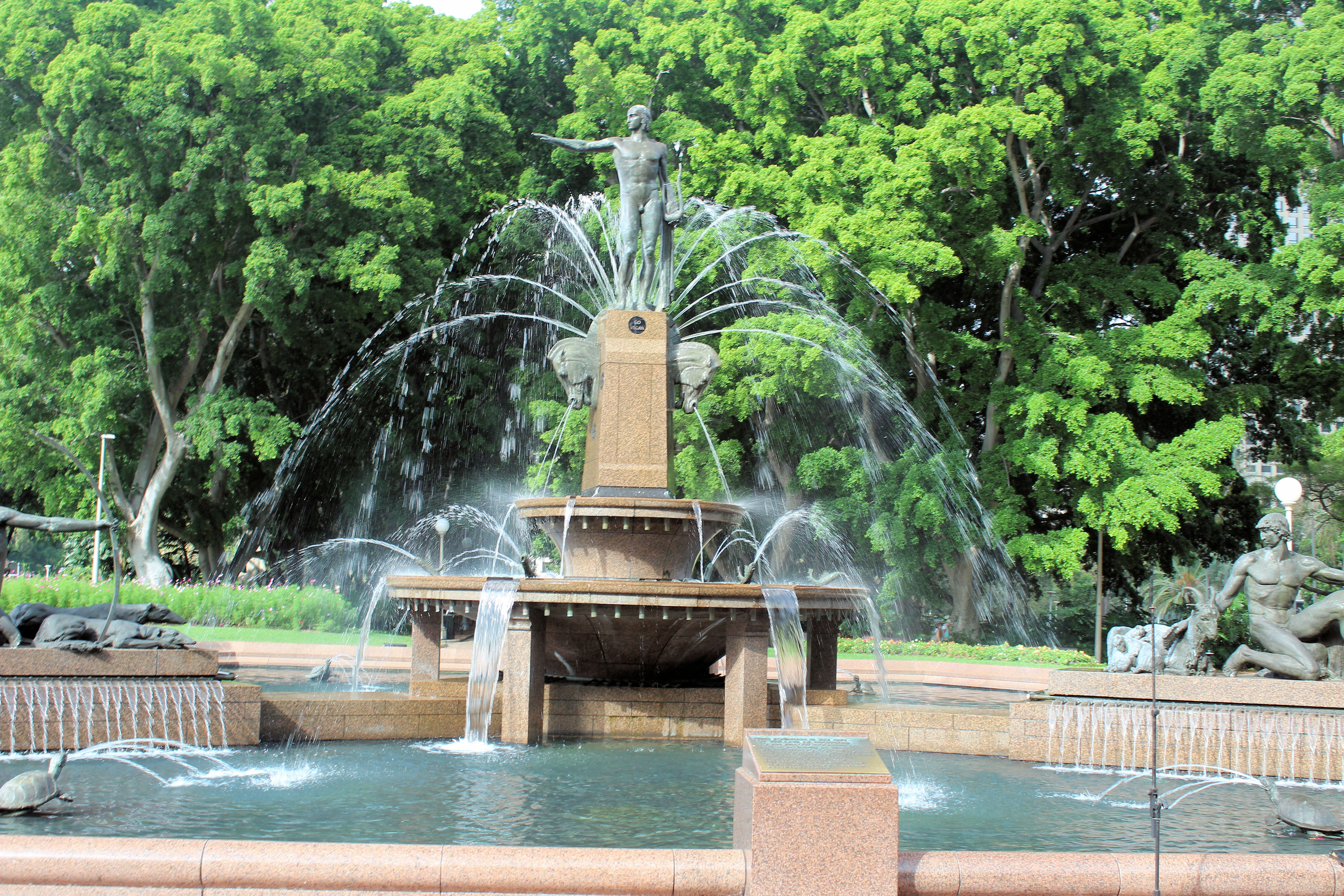Category: Sydney
-
Museum of Fire – Penrith – Sydney Australia

The Museum of Fire is in Penrith to the west of Sydney. We went there as we were looking for something to do after a trip to Katoomba the day before. Spotting the entrance is easy because of the fire engine on a pole out the front. As well as a first-rate collection of fire… Read more
-
Hyde Park Sydney Australia

Hyde Park is in the centre of Sydney and is a fantastic retreat from the hustle and traffic of the city. It is cool and shady and there is plenty of seating set around the park. Park Street divides Hyde Park in two, however there are pedestrian crossings at the lights at either end and… Read more
-
Taronga Zoo Sydney Australia

Getting To Taronga Zoo There was nothing to do last Sunday afternoon, so we decided on a two and a half hour drive down to Sydney to visit Taronga Zoo. The only tricky bit with driving was making sure you were in the right hand of three lanes when exiting the Warringah Freeway, so as… Read more